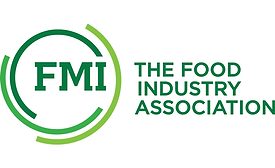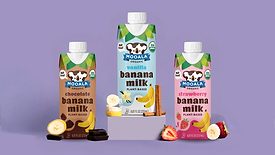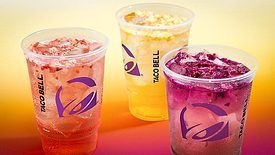Home » Keywords: » Inflation
Items Tagged with 'Inflation'
ARTICLES
Price, partnerships draw consumers to mass market retailers
Read More
Consumers seek deals, shop around to address inflation-related impacts on food prices
The Food Industry Association, The Hartman Group release ‘U.S. Grocery Shopper Trends 2024: Return to Routine’ report
August 26, 2024
2024 State of the Beverage Industry: Total milk looks to stabilize volume declines
Flavored milks continue to see growth in dairy drinks segment
July 9, 2024
Restaurants step into milestone year with embracement of digital
Technology, granular menus elevate foodservice operations
June 24, 2024
Channel Strategies
Price, growing assortment drives interest in drug, dollar stores
Convenience fuels drug channel interest, while low prices entice dollar channel interest
February 22, 2024
Channel Strategies
Inflationary trends, consumer behavior continues to impact grocery channel
Grocers embrace omnichannel shopping to offer convenience
January 3, 2024
Category Focus
Juice manufacturers take conscious approach to new products
Sugar reduction, added nutrients among ways manufacturers retool juice
November 28, 2023
Alliant Credit Union report reveals Thanksgiving costs
Analysis shows alcohol beverage prices up
November 17, 2023
EVENTS
Elevate your expertise in the beverage marketplace with unparalleled insights and connections.
Join thousands of beverage professionals today. Shouldn’t you know what they know?
JOIN NOW!Copyright ©2024. All Rights Reserved BNP Media.
Design, CMS, Hosting & Web Development :: ePublishing










